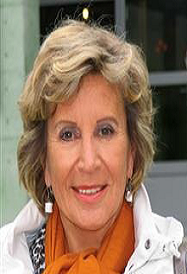5th International Conference on Cancer Genomics
Las Vegas, USA

Tamara Lah Turnsek
National Institute of Biology, Slovenia
Title: Genomics of glioblastoma heterogeneity model
Biography
Biography: Tamara Lah Turnsek
Abstract
Tumour heterogeneity may be an additional reason for ineffective therapy, due the cooperation between stromal cells in the microenvironment and various subtypes of tumor cells. Previously, we addressed the molecular cross-talk in the most lethal of brain cancers, glioblastoma (GBM) cells and infiltrated mesenchymal stem cells, resulting in phenotypic alteration of GBM using transcriptomics-proteomics analyses. Here, we examined GBM U87, U251 and U373 cell lines as in vitro model of Intra-tumoral heterogeneity. First, we revealed so far unknown fact that U87 and U373 are two different GBM subtypes with the neural and mesenchymal transcriptomic fingerprints, respectively. When in co-cultures, the impact of their paracrine cross talk resulted in alteration in their stability, proliferation, invasion and resistance to temozolomide. U87 cell conditioned medium lowered the genomic stability of U373 and U251 cells, without affecting cell proliferation. In contrast, exposure of U87 cells to U373 and U251 medium, increased genomic stability, decreased proliferation and increased invasion of U87. This was due to a defined set of secreted cytokines, associated with altered expression of 264 genes in U87 cells, playing a role in proliferation, inflammation, migration and adhesion. In U373 cells, 221 altered genes were linked also to apoptosis, cell cycle and differentiation. Noteworthy, direct and indirect co-culturing of U87 and U373 cells showed mutually opposite effects on temozolomide resistance. In conclusion, transcriptional analyses of distinct GBM cell interactions provides better understanding of GBM heterogeneity and the basis for a more informed glioma treatment.


